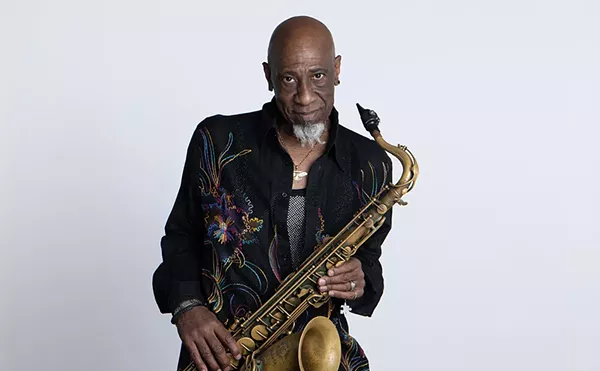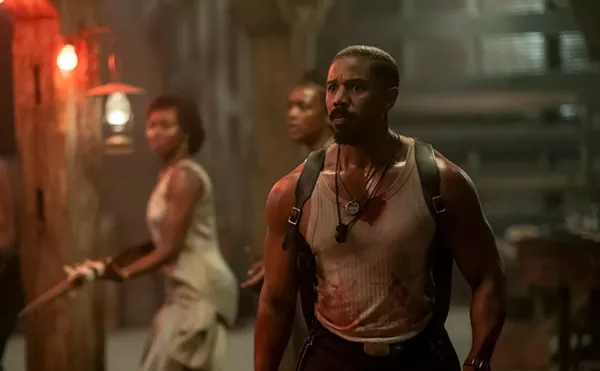
Audio By Carbonatix
[
{
"name": "GPT - Leaderboard - Inline - Content",
"component": "35519556",
"insertPoint": "5th",
"startingPoint": "3",
"requiredCountToDisplay": "3",
"maxInsertions": 100,
"adList": [
{
"adPreset": "LeaderboardInline"
}
]
}
]
Security checkpoints. Bombs going off in busy cafés and soda shops. Prisoners tortured with water and electricity and fire. Policemen shot dead in broad daylight as they make their rounds. Terrorist cells organized in such a way as to limit their knowledge of one another. Houses destroyed in the middle of the night. Citizens whipped into a revolutionary fury taking to the streets. Some of the dead getting buried as martyrs, others as innocents who never saw what hit them.
Sound familiar? These are not synopses from today’s newspaper but rather the stuff of The Battle of Algiers, the 1965 film from Italian director Gillo Pontecorvo. The film is Pontecorvo’s hyperactive and artful dissection of the revolt in the French colony of Algeria in the 1950s that eventually forced the French out of that part of Africa.
The film concentrates on the battle that begins and ends in the capital city of Algiers, home to the exotic labyrinth known as the Casbah. With its maze of narrow streets and ancient architecture, the militant group FLN exploits every potential hiding place amid the noisy and crowded city. The group also exploits the poverty and outright racism facing the Arab citizens, harnessing their anger and Muslim orthodoxy to form an underground army. FLN’s tactics are brutal and terrifying, in order to strike fear into the French occupiers. They use women and children, and have no qualms whatsoever about killing women and children on the “other side.” The French similarly employ brutal and terrifying tactics to squelch the rebellion. Torture is their preferred tactic.
Pontecorvo treats both sides fairly. The story is primarily told through the eyes of Ali La Pointe, a petty criminal who gets radical while spending time in prison, and Colonel Mathieu, a French commander with experience putting down rebellions. The viewer sees Ali’s “apprenticeship” in assassination and terror as well as the Colonel’s cold, analytical response to the ever-increasing chaos on the street. Both men will do what it takes to win, regardless of the accepted rules of law and justice.
The film captures all of this with jumpy, handheld cameras and lighting-fast editing that sweeps you right into the mobs on the street, the darkly lit hiding places, the torture chambers and the meeting rooms. The film possesses the immediacy and manic energy of a suspense thriller, the black-and-white photography stark and poetic at the same time.
With undeniable parallels to events we now find ourselves immersed in, The Battle of Algiers stands the test of time as a fascinating re-creation of history told with an artist’s deft hand. It explains both sides of the conflict without ever choosing one, making for an intellectually as well as emotionally challenging film experience. This one will stay with you for a long time.
In French and Arabic with English subtitles. Showing at the Main Art Theatre (118 N. Main, Royal Oak). Call 248-263-2111.
Dan DeMaggio writes about film for Metro Times. E-mail letters@metrotimes.com.





